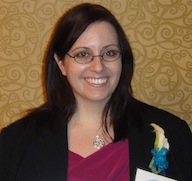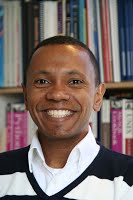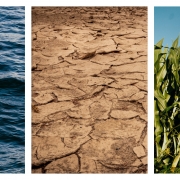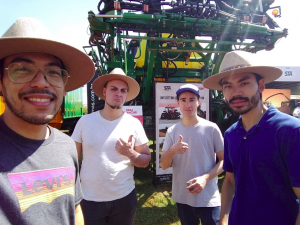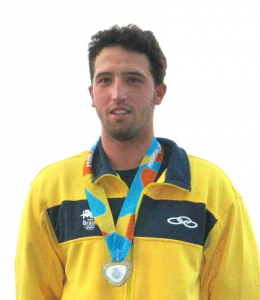Do sea surface temperatures affect seasonal forecasting in the Midwest US?
Using the 2012 Midwest drought as a case study, Princeton researchers attempt to answer this question.
The weather in the Midwest United States is known for being dynamic, with temperatures and precipitation amounts that can vary greatly from season to season, and even day by day. This makes forecasting weather in the Midwest more difficult to predict than places on the coasts, especially when using seasonal forecast models. Since seasonal forecast models are probabilistic models that rely on ocean temperatures as input data, the farther landlocked a place is, like the Midwest US, the more difficult it is to predict temperature or precipitation probabilities. Researchers at Princeton published a study in Environmental Research Letters in March of 2014, focusing on how being able to predict sea surface temperatures (SSTs) affected forecasting the 2012 Midwest drought.
By looking at climatological global SSTs and precipitation in the continental United States (CONUS) from 1982-2012, the researchers were able to obtain data showing the correlation between the two phenomena, by using several forecasting models to reproduce the 2012 summer conditions. In the southeastern and northwestern CONUS, places closer in proximity to the ocean, the models showed positive, yet weak, correlations between SSTs and precipitation amounts. In the Midwest, there was little to no correlation between SSTs and precipitation.

Comparing one of their models, the NMME, with their own SVD algebraic analysis, the researchers write,
“During spring, the observational data show a weak coupling pattern between global SSTs and CONUS precipitation. However, the NMME models show a much stronger coupling. This is similar to the SVD results for summer, with the model coupling much stronger. The spring SVD analysis of observations confirms that SSTs were not a dominant driver for the 2012 drought, but more than half of the NMME models forecasted the 2012 drought for the wrong reason: a strong coupling with SSTs…The onset of the 2012 drought actually occurred in mid-May, and therefore the strong coupling with SSTs also hampered the forecast of the onset of the drought.”
Between the NMME models and SVD analysis, we know SSTs and precipitation in the CONUS are very loosely correlated. Nevertheless, since the model coupling between the two phenomena was much stronger than what occurred, it can be inferred that SSTs may be a cause but are not the dominant cause for the drought.

This begs the question: Did knowing and being able to predict sea surface temperatures hinder forecasts for the 2012 Midwest drought? Long story short, not necessarily. However, this Princeton study highlights a systematic problem in the models that could hinder future seasonal forecasts, since researchers found that models have a limited ability to predict droughts in correlation with SSTs. In analyzing the SSTs and comparing what the model output showed versus what actually happened, the NMME model predicted the lack of precipitation based on strong coupling with SSTs, when SSTs didn’t actually correlate with the drought at all.
In their concluding analysis, it was determined by the Princeton research group that,
“Therefore, the models are limited in their ability to predict MW precipitation anomalies even at zero month lead time, despite their skill in predicting pan-Pacific SST variability at seasonal or longer time scales. Because Pacific SSTs did not play a major role in the 2012 drought, and droughts in general over the last 30 years, the skillful prediction of Pacific SSTs may actually hinder the prediction of MW summer precipitation due to the underestimation of the variances in the most models and overly strong coupling in two models.”

It appears that not only did SSTs not have a direct role in forecasting the 2012 drought, but also that they haven’t played a major role in the past 30 years of seasonal forecasting. It is possible that SSTs hinder seasonal forecasting models, however, more research needs to be done. In the future, since it seems that SSTs don’t seem to work well for forecasting in land-locked regions, perhaps some other parameter could be used for seasonal forecasting models in the Midwest.


